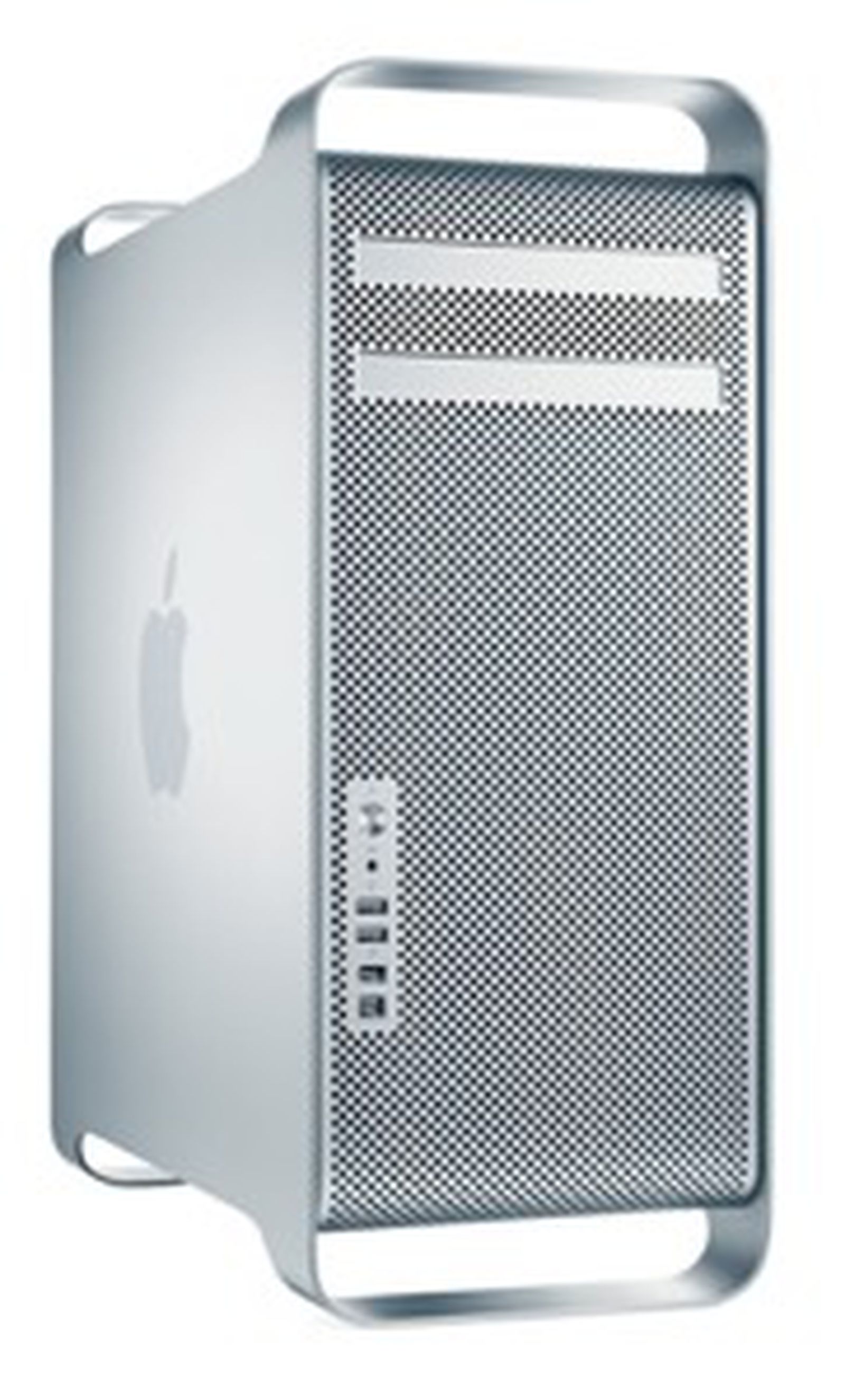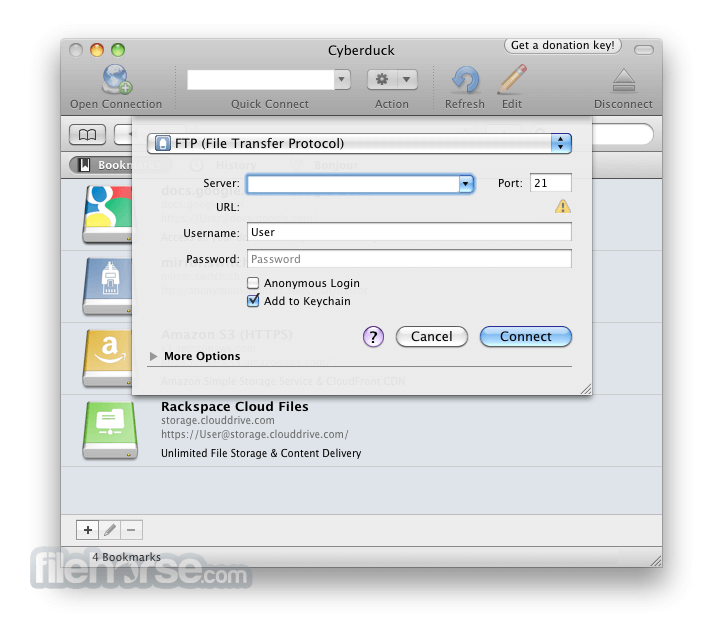
Drag the flash drive or memory card icon to the terminal window, and the /path/folder will be generated.Launch the Terminal (Applications -> Utilities) and type– dot_clean –and a single space.If you run into Error Code -36 on a Mac, there’s usually a simple solution thanks to a handy command line tool called “dot_clean.” To use dot_clean, you’ll want to point it at the directory which is being copied and throwing the Error Code 36 – it’s as easy as drag and drop. The problem can arrive when moving files from a Windows-compatible volume to a Mac and then back again, resulting in the dreaded “Error Code -36″. These hidden files contain extra information, like which holds metadata like icon images and files. The “dot-underscore” are companion files that Mac OS X’s HFS+ filesystem creates for files when they get moved to FAT16 or FAT32 volumes, AKA thumb drives.



(Error code -36)” happens when you’re trying to copy files from one location to another, like say a memory card to your hard drive.Īlthough it could happen to any file, the main cause is to do with invisible. The error, known as ‘-36’, or “ The Finder can’t complete the operation because some data in “FileName” can’t be read or written. The errors that occur with a Mac are mostly few and far between, but when they occur one thing is for certain, the error is most definitely vague.


 0 kommentar(er)
0 kommentar(er)
